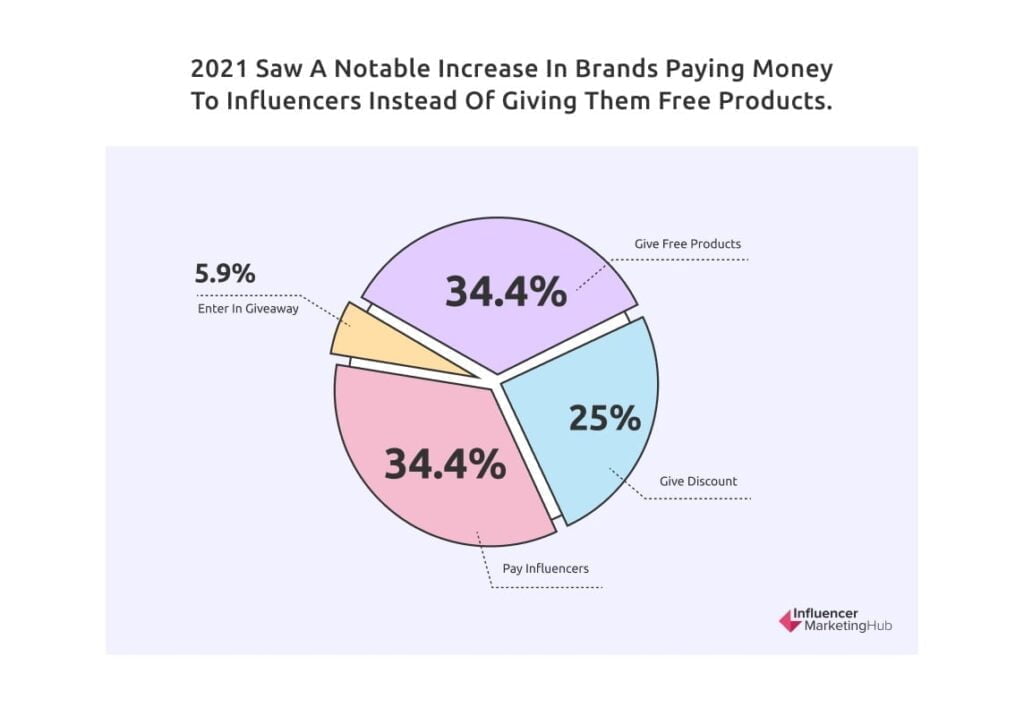For cosmetics marketing, budget allocation should prioritize channels with proven high ROI, such as influencer marketing and paid digital ads, while maintaining a test budget for emerging channels. ROI analysis involves tracking sales generated relative to campaign costs, using multi-touch attribution and customer lifetime value (CLV) to optimize spend.
Key points for budget allocation and ROI analysis in cosmetics marketing channels:
-
Influencer Marketing: Delivers some of the highest ROI in beauty, averaging $4 to $6 earned per $1 spent, with micro-influencers often generating 60% more engagement than macro-influencers. Top-performing campaigns can yield ROI above $10 per $1 invested.
-
Paid Advertising: Google Ads typically return about $2 for every $1 spent; Facebook Ads ROI has declined to about $1.75 per $1 spent. Retargeting ads outperform standard display ads with 10x higher click-through rates and 70% higher conversion rates.
-
Budget Distribution Strategy: The 70-20-10 rule is effective—allocate 70% to proven channels, 20% to promising but unproven channels, and 10% to experimental or new channels. This balances steady returns with innovation and testing.
-
ROI Measurement Techniques: Use accurate conversion tracking, multi-touch attribution models, and integrate CLV data to assess long-term value beyond immediate sales. Continuous A/B testing helps identify winning creatives and audience segments. Centralized dashboards and customer feedback tools improve decision-making.
-
Sample Campaigns: For cosmetic samples, ROI can be calculated by comparing sales after the campaign minus projected sales and sample costs. Monitoring customer reviews and engagement metrics can also indicate sample effectiveness.
-
Experiential Marketing: Increasingly important in beauty, with 10-30% of budgets allocated to experiences and events, which can enhance brand engagement and ROI indirectly.
-
Overall ROI Calculation: A simple formula is (Sales generated – Cost of campaign) / Cost of campaign, including media, platform, and product costs.
-
Align Budget with Business Goals: Marketing spend should reflect company priorities such as growth, market expansion, or new product launches, and focus on channels where the target audience is most active.
In summary, cosmetics brands should allocate the majority of their marketing budget to high-ROI channels like influencer marketing and paid digital ads, use data-driven ROI measurement methods including multi-touch attribution and CLV, and reserve a portion of the budget for testing new channels and experiential marketing to sustain growth and adapt to market trends.



.webp)

